From my sleeping bag I could see the full moon peaking through gaps in the branches above. The owls were amazing. A constant chorus of owls serenaded us throughout the night. There were other birds too. Occasionally the creaky wail of a limpkin would waft over from the nearby river. Other birds joined in, but I couldn’t identify the species.
All this started 15 hours earlier when I left my house in Titusville and drove north on I95. I turned west on highway 40, eventually meeting up with John Kumiski at Eureka East Boat Ramp. After some creative packing, we managed to load Kumiski’s 15-foot kayak and all his gear next to my Old Town Predator PDL in the back of my truck. We drove another half hour to Ray Wayside Park where we started our 19-mile kayaking adventure down the Ocklawaha River.
The 74-mile-long Ocklawaha River is a central Florida treasure. It starts at George Kirkpatrick Dam (formerly called Rodman Dam) and eventually ends at the St Johns River. The central portion of the Ocklawaha forms the western and northern boundaries of the Ocala National Forest.
The stretch of river between Ray Wayside Park and Eureka East Boat Ramp is incredibly wild. It flows through uninterrupted forest dominated by majestic cypress trees, with sabal palms, red maples, ash trees and willows mixed in. Poison ivy was plentiful, creeping up the trunks of many trees.
The lack of humanity was striking. To say we had the river to ourselves is not an exaggeration. In 19 miles over two days, I saw exactly two motorboats and four canoes. We passed three houses (all together in one short stretch), one small campground with a boat ramp, zero power lines and only one bridge at the very end. The bridge, where County Road 316 crosses the Ocklawaha, is a giant, towering structure that is grossly oversized for a river this small. The bridge is a remnant of days when engineers thought they might straighten and channelize the Ocklawaha as part of the now defunct cross Florida barge canal. The bridge was sized so that massive transportation barges could pass underneath.
As beautiful as the scenery was, our primary goal was not sightseeing. Kumiski and I had plenty of fishing gear in our kayaks and we put it to good use. The river is loaded with fishy looking targets from lily pads to cypress knees to blowdowns. Hitting those targets was more challenging than expected. The Ocklawaha flows faster than any other Florida river I’ve kayaked. Typically, we’d cast our lures into the cover, make a few twitches and then quickly reel in as the current carried us to the next target.
I wish I could report the fishing was epic. Several largemouth bass came to hand, but none of appreciable size. Our biggest bass might have been two pounds. Panfish however were plentiful and cooperative. The river is loaded with stumpknockers (spotted sunfish). There were also plenty of colorful redbreast, (arguably the most beautiful native freshwater fish in Florida) and the ubiquitous bluegill. Any time I picked up my ultralight armed with a Nikko Caddisfly on a 1/32nd ounce jighead, I could catch panfish almost every cast. Most were small ones that barely covered the palm of my hand, but enough fileting sized ones were caught that Kumiski and I could’ve had a healthy fish fry.
The most common sign of humanity during our trip were campsites, not that there were a lot of them. I didn’t count, but I’d guess there were 7 or 8 in the 19 miles we covered. Campsites were usually perched atop high bluffs, and most included a rope swing. Only one was occupied during our trip.
Although I wish bigger fish were caught, it was still a fantastic couple of days. I kept my cell phone off and remained immersed in the wildness of the place. For most of the trip, the only sounds I heard were birds, splashes and the occasional conversation with my kayaking partner. And then there were the owls. I’ll never forget going to sleep amongst the owls.


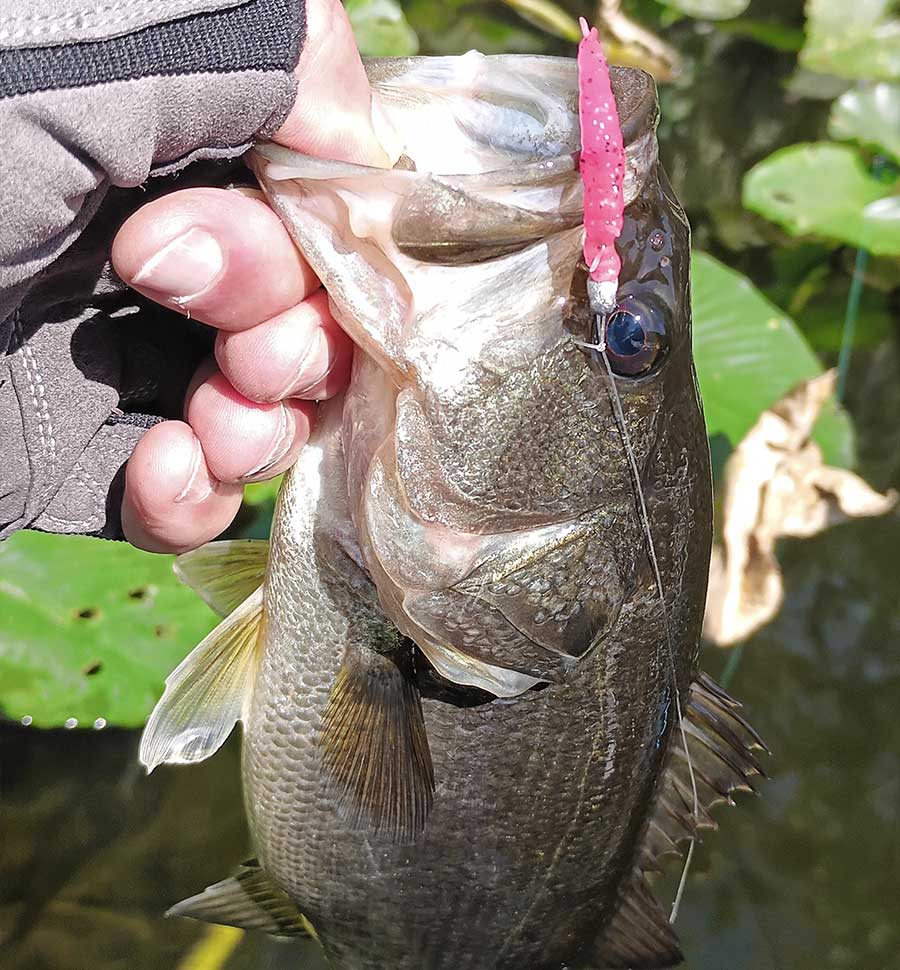
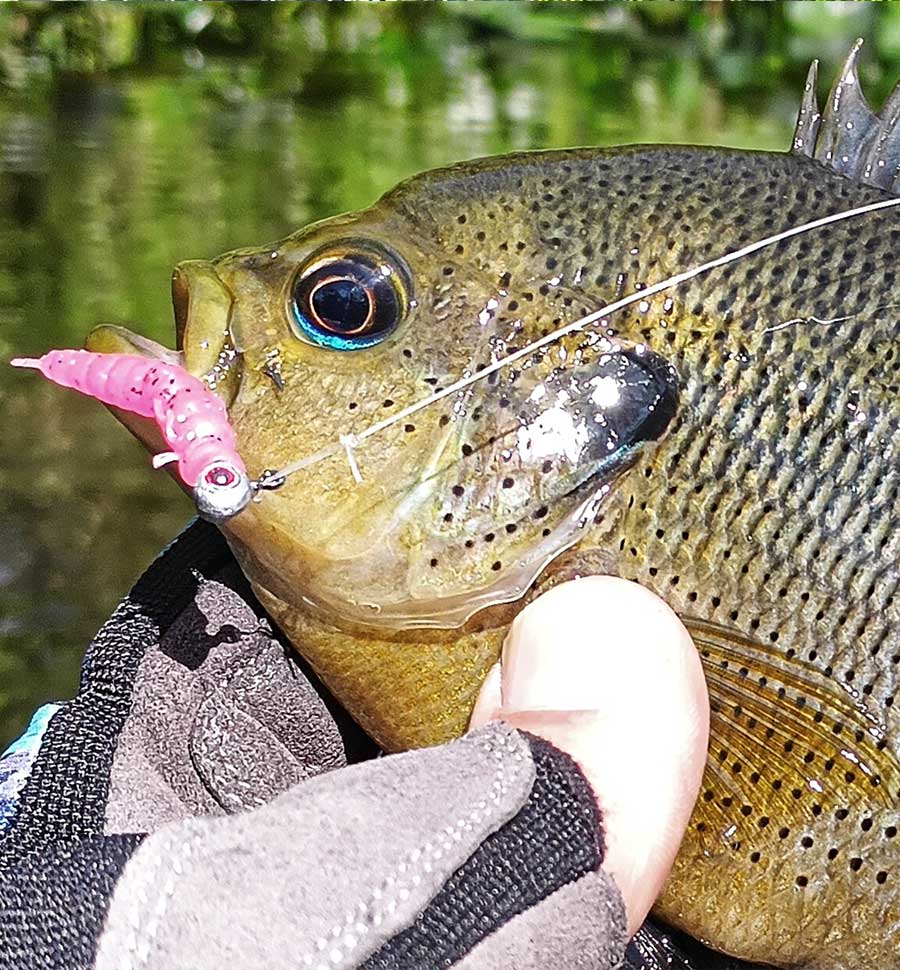
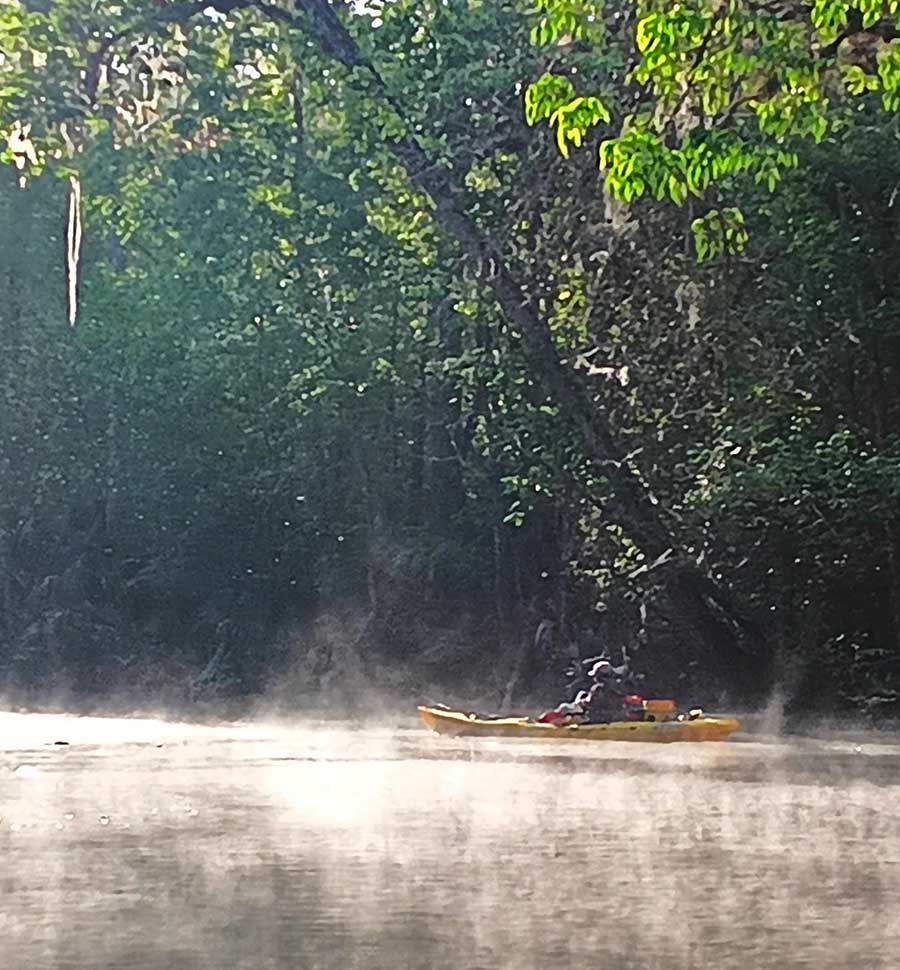
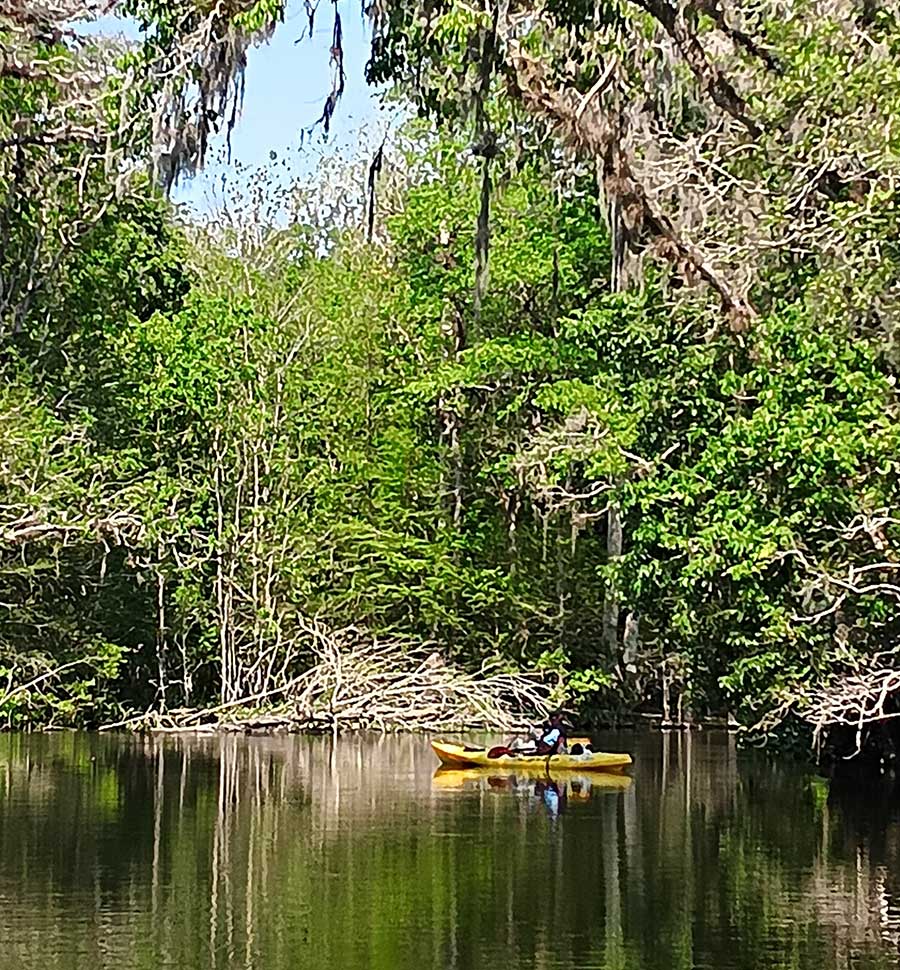
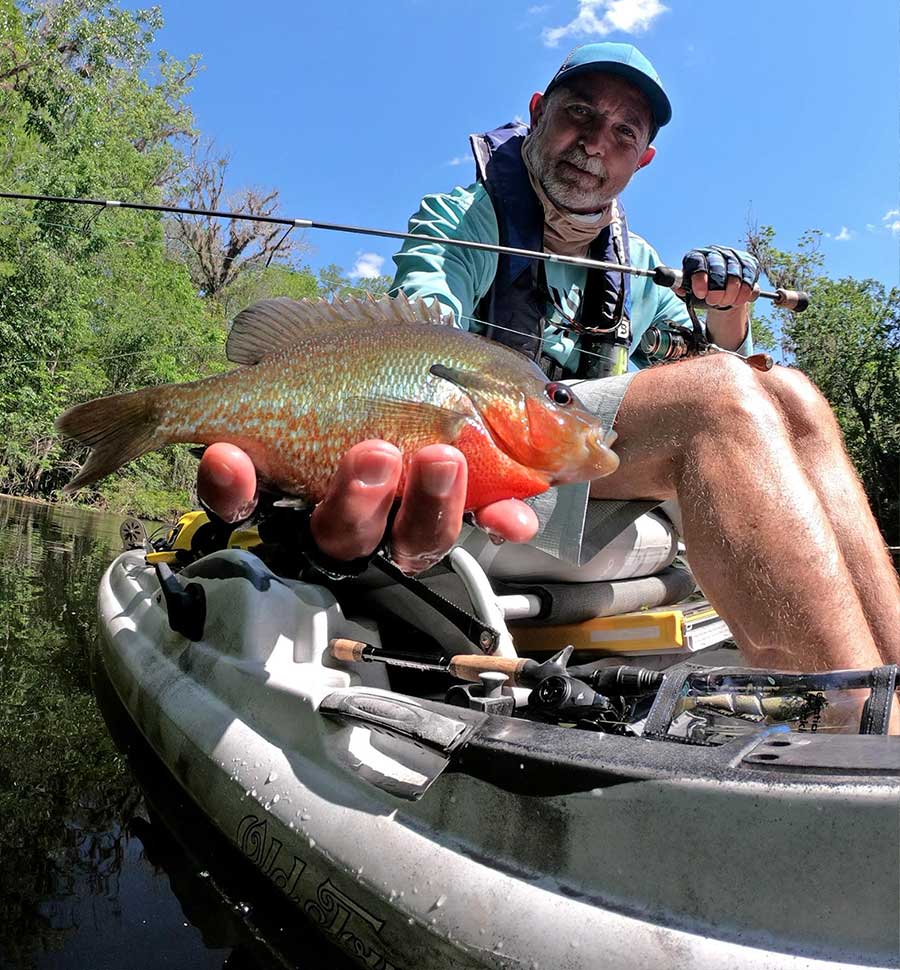
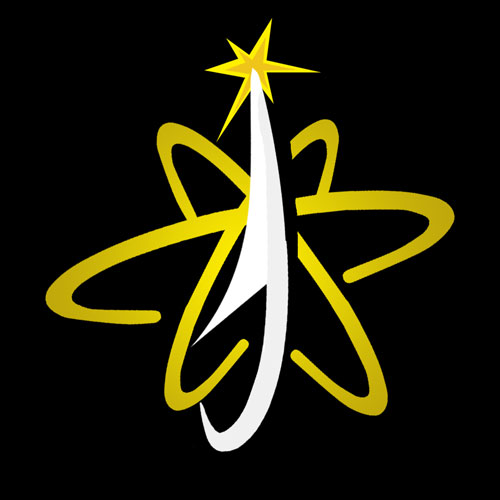
Leave A Comment
You must be logged in to post a comment.